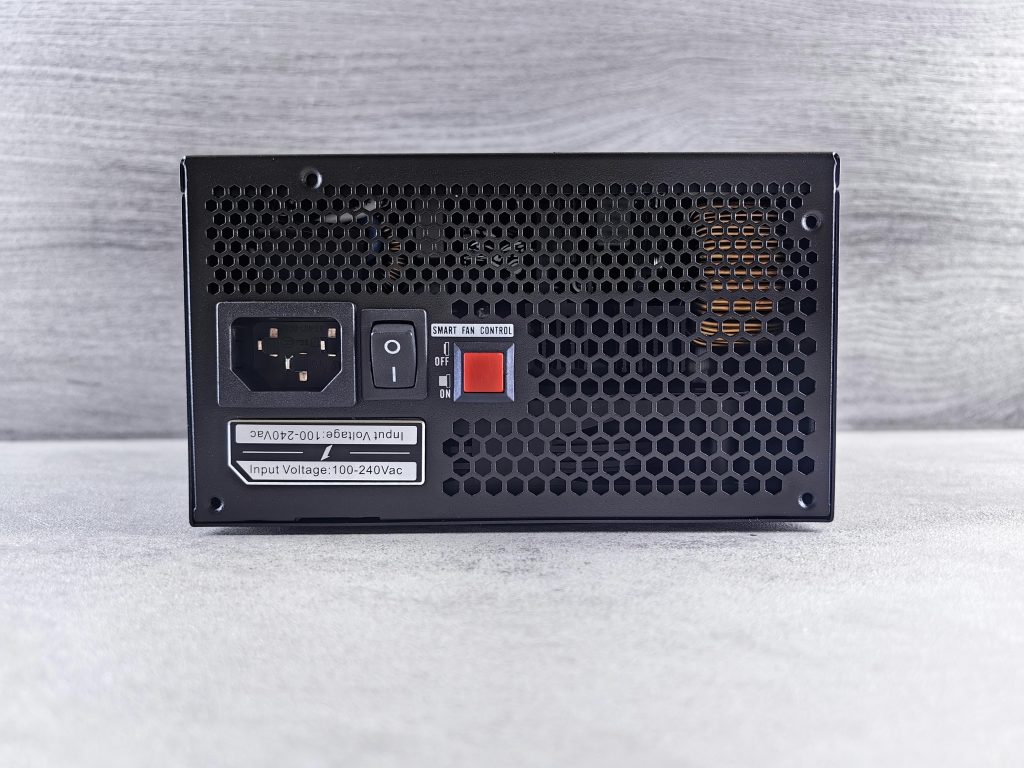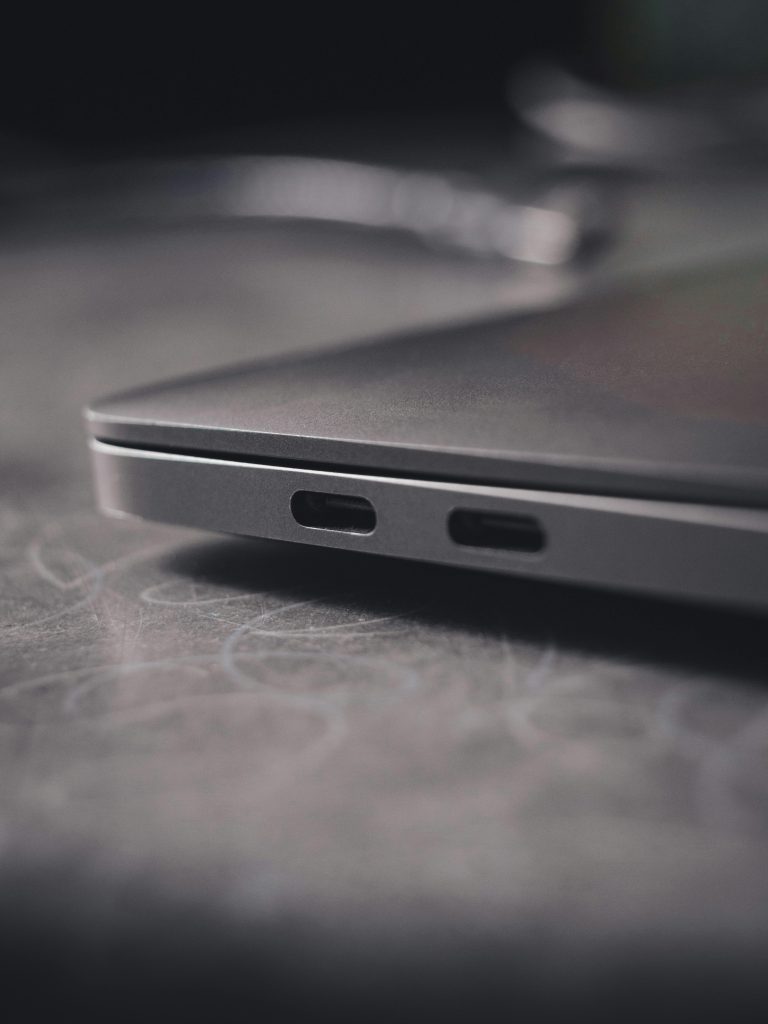Troubleshooting a Non-Responsive MSI Laptop: A Beginner’s Guide
Laptops are essential tools for students and professionals alike, enabling us to stay productive and connected. However, when your device suddenly stops working—especially without prior experience—it can be both confusing and stressful. If you’re an MSI laptop owner facing such issues and cannot afford professional repairs, this guide aims to help you understand basic troubleshooting steps to potentially identify and resolve common problems.
Recognizing the Problem
In this scenario, the user reports that their MSI laptop exhibits the following symptoms:
– The charging indicator light is on when plugged in.
– There is no display on the screen.
– No keyboard backlight or fan activity.
– The device was previously used with an external TV display when the screen was non-responsive.
– Recently, the laptop stopped turning on altogether.
Initial Observations
These symptoms suggest possible power or hardware issues. The charging light indicates the laptop receives power, but the absence of activity hints at internal hardware or firmware problems.
Basic Troubleshooting Steps for Beginners
1. Verify Power Supply and Connections
– Ensure the charging device and cable are functioning correctly by testing with another compatible charger if available.
– Check the charging port for dust or damage.
– Use a different power outlet to rule out electrical issues.
2. Perform a Hard Reset
– Disconnect the charger and remove the battery if it’s removable.
– Press and hold the power button for 30 seconds to discharge residual power.
– Reconnect the battery and charger, then attempt to turn on the laptop.
3. Examine Internal Components
– As the user has already tried removing and reseating the RAM and SSD, this step can help identify loose connections.
– If you’re comfortable, consult the device’s manual for guidance on opening the laptop safely.
– Observing the interior might reveal obvious issues like disconnected cables, burnt components, or dust buildup.
4. Remove External Devices
– Disconnect all peripherals (USB drives, external monitors, etc.) that might interfere with startup.
5. Test with Minimal Hardware Configuration
– Boot the laptop with only essential components (e.g., integrated RAM) installed to see if it responds differently.
When to Seek Help
If these steps do not resolve the issue, and you’re inexperienced with hardware repairs, it’s advisable to consult online forums or reach out to a professional for further diagnosis. While professional repairs can be costly, sometimes they are the most effective solution.
Additional Tips
Share this content:

